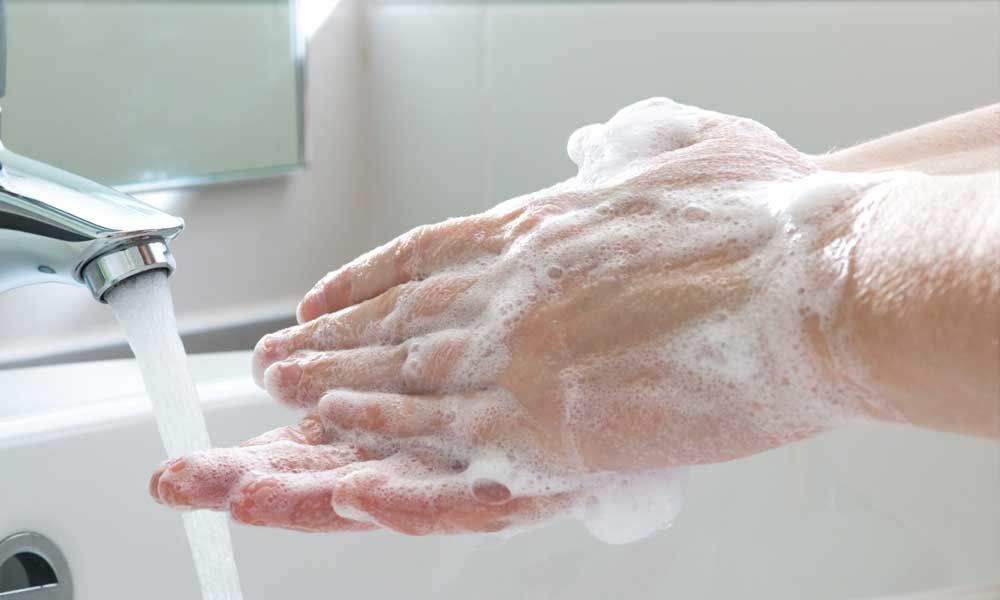Hands spread harmful chemicals throughout homes

Our hands help spread potentially harmful chemicals such as flame retardants throughout the house, a study has found.
Toronto: Our hands help spread potentially harmful chemicals such as flame retardants throughout the house, a study has found.
Hundreds of everyday items, from furniture to cell phones to floor wax, contain organophosphate ester (OPE) flame retardants and plasticisers. Some of these semi-volatile compounds make their way into the air, onto surfaces and even inside our bodies, with uncertain health effects. Researchers showed that hands play a central role in transferring OPEs and other flame retardants and plasticisers throughout the indoor environment.
Increasingly, manufacturers have relied on OPEs to replace brominated flame retardants, some of which were banned or heavily restricted because of health concerns. However, a few recent epidemiological studies have linked the replacements themselves to adverse health effects, researchers said in a statement. "The toxicity of OPEs is not well understood," said Miriam Diamond, from the University of Toronto in Canada. "Studies are emerging that associate some OPEs with developmental effects in kids, fertility problems and possibly some types of cancer," said Diamond, the project's principal investigator. Previous studies have found relatively high concentrations of OPEs in indoor air and dust.
However, the sources of these compounds were not always clear. "We wondered if electronic devices, especially those that heat up during use, such as computers or printers, might be important sources of flame retardants and plasticisers," said Diamond. To find out, the researchers collected about 400 samples from the homes of 51 Canadian women enrolled in the Ontario Environment Health Study. These included urine samples and hand wipes from the women, surface wipes of their electronic devices, and air and dust samples. The team used mass spectrometry to determine the concentrations of 23 different OPEs in the wipes and eight OPE metabolites in urine. Researchers found that all indoor surfaces had similar chemical profiles, and larger electronic devices that heat up had no higher OPE levels than handheld devices.
"We went into this study expecting to find that surface wipes of different electronic devices would have elevated levels of one or a few flame retardants and plasticisers that were added to their casings during the manufacturing process," Diamond said. "Instead, we found that most of the OPEs, and other flame retardants and plasticisers, were in most of the surface wipes, floor dust and on participants' hands, as well as on the electronic devices. In other words, we found most of the chemicals everywhere," she added. Another unexpected result was that the level of OPEs on the surface wipes of cell phones predicted about 25 per cent of the variability in urine levels of OPE metabolites -- suggesting that cell phones might be major sources of internalised OPEs, or perhaps they accumulate the compounds from other sources.
When people use their cell phones -- which most people touch hundreds or even thousands of times per day -- they ingest the compounds or absorb them through their skin. More recently, the researchers conducted a network analysis to find correlations among the chemical profiles they identified from all of the samples. They found that regardless of which group of chemicals they examined, hands were at the centre of the network. "We believe that hands are central to moving chemicals around the indoor environment," Diamond said. "This makes intuitive sense -- your hands touch everything. It's also consistent with how infectious organisms can be spread by hands that touch multiple surfaces," she said.














